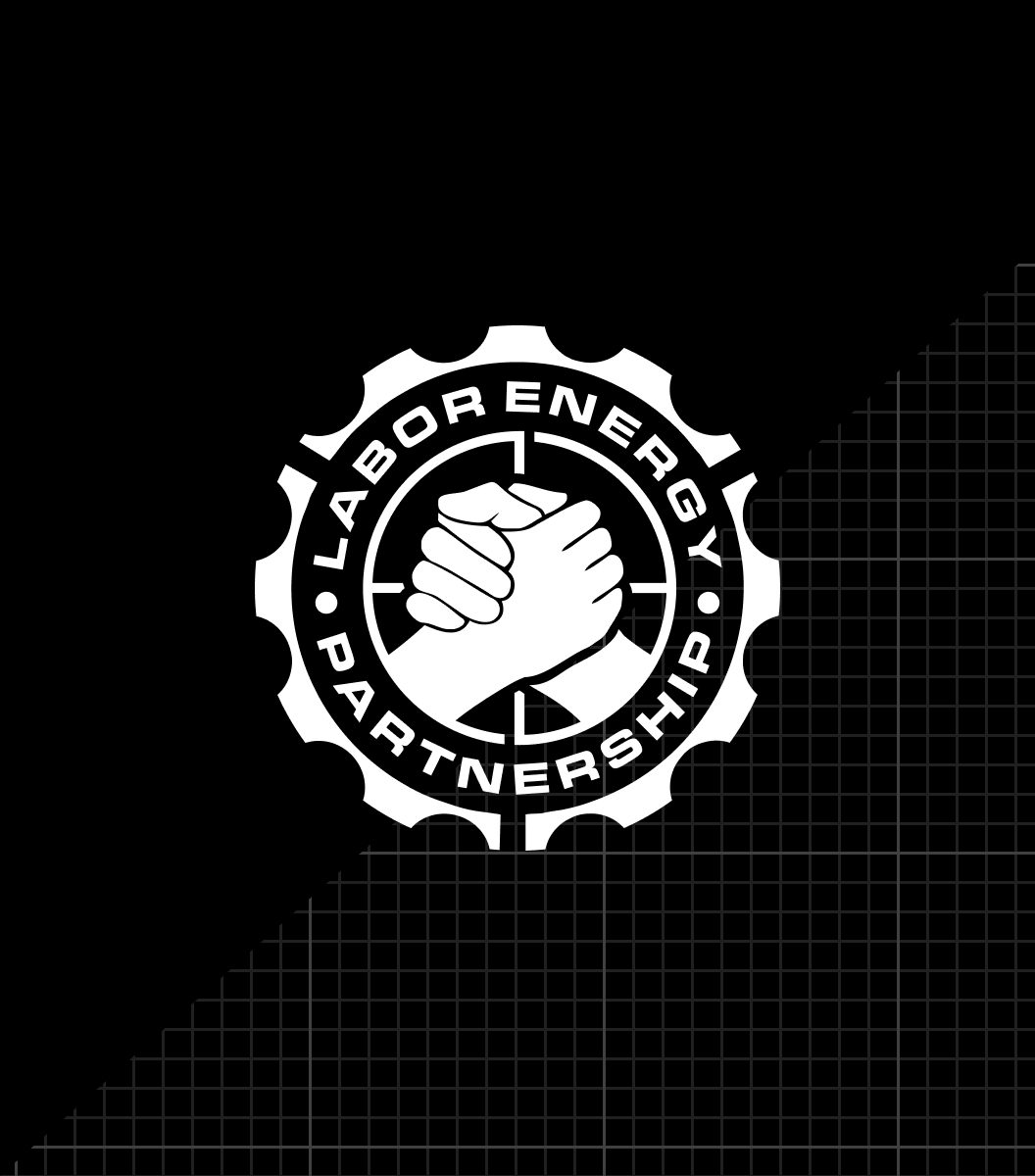BLOG | NOVEMBER 24, 2020
Originally posted on the AFL-CIO site.
Her goal was to go beyond good intentions and rhetoric. So Liz Shuler, as secretary-treasurer of the AFL-CIO, the second-highest position in the labor movement and, as it happens, highest-ranking woman in the federation’s history, went to Scandinavia in 2019. She leveraged AFL-CIO’s relationships with their sister union federations to talk directly with top management at some of the largest renewable energy companies in the world.
The big idea was to make an example of offshore wind—a template for how union labor will build the clean energy future.
Over the next year, she worked to bring leading renewable energy project developers from Norway and Denmark to the table with building trades unions. She connected state labor federations along the East Coast of the U.S. in a working group on offshore wind. She quietly talked with elected leaders. This is her forte. She comes from a building trades union; she’s adept at building bridges. And through months of crises, amid a pandemic, she kept the conversation alive.
But Shuler isn’t one for self-promotion. She lets results speak for themselves.
Here they are: a game-changing partnership that sets the standard for the entire offshore wind industry. And with it, an example for solar and other emerging technologies.
It’s based on a model the Rhode Island Building & Construction Trades Council pioneered for the Block Island Wind Farm project—the first offshore wind project in the U.S. Now, Danish renewable energy group Ørsted and North America’s Building Trade Unions (NABTU) have a deal to use union labor to build multiple offshore wind projects up and down the East Coast.
Pick your adjective. Breakthrough. Landmark. The Danish fantastiske. However you want to say it, this is a big deal. It’s a framework for an emerging, high-growth industry. It involves a company ranked most sustainable in the world, and as NABTU President Sean McGarvey put it, “Our highly trained men and women professionals have the best craft skills in the world.” Now they’ll have a path to offshore wind work up and down the Atlantic coast.
Development of 15 active commercial leases in the U.S. will support $25 billion in annual economic output and about 83,000 jobs in the next decade. This, and 30 gigawatts of offshore wind capacity. According to the U.S. Department of Energy, 1 gigawatt can power about 110 million LED bulbs. Multiply that by 30, and you’ve got a lot of power.
Plus proof of concept. Thinking of adapting to climate change as a matter of either-or when it comes to jobs is a false choice. President-elect Joe Biden made that argument when announcing his climate policy: “When I think about climate change, the word I think of is ‘jobs.’” And if you’re wondering what kind of jobs, in Biden’s 15-page plan, the word union appears 32 times.
The announcement is progress on two fronts: clean energy for a sustainable future and jobs for economic recovery. With the future uncertain for sectors like hospitality, where workers are disproportionately women of color, an equitable economic recovery depends on pathways to good-paying jobs in high-demand growth industries.
A little-known fact everyone should know: After the U.S. military, NABTU and its employer partners run the largest workforce training network in the country. And NABTU-registered apprenticeships are the gold standard for construction craft training. Offshore wind offers another accessible path to family-supporting construction careers.
There is more work ahead to bring low-road employers in the renewable sector up to union standards. But the agreement between Ørsted and NABTU shows results—the promise of good union jobs. NABTU crafted the agreement language, and throughout the process, their leadership brought credibility and consistency. Ultimately, the agreement is a hopeful paradigm in workforce-development and labor-management cooperation.
It was possible thanks, in part, to leaders building bridges with eyes on the horizon and a vision to move labor forward. As Shuler said, “This is the first big step toward the vision we share with President-elect Biden of a growing clean-energy economy powered by union jobs, and the AFL-CIO is pleased to be part of this growing energy market and looks forward to the future.”


